
Gwynneth Rees, one of the seven victims of a London serial killer nicknamed ‘Jack the Stripper’, a photograph taken in about 1960. The killings, which remain unsolved, were known collectively as the ‘Hammersmith Nudes Murders’. Gwynneth’s body was found in a rubbish dump near the Thames on 8 November 1963.
(© Keystone/Hulton Archive/Getty Images)
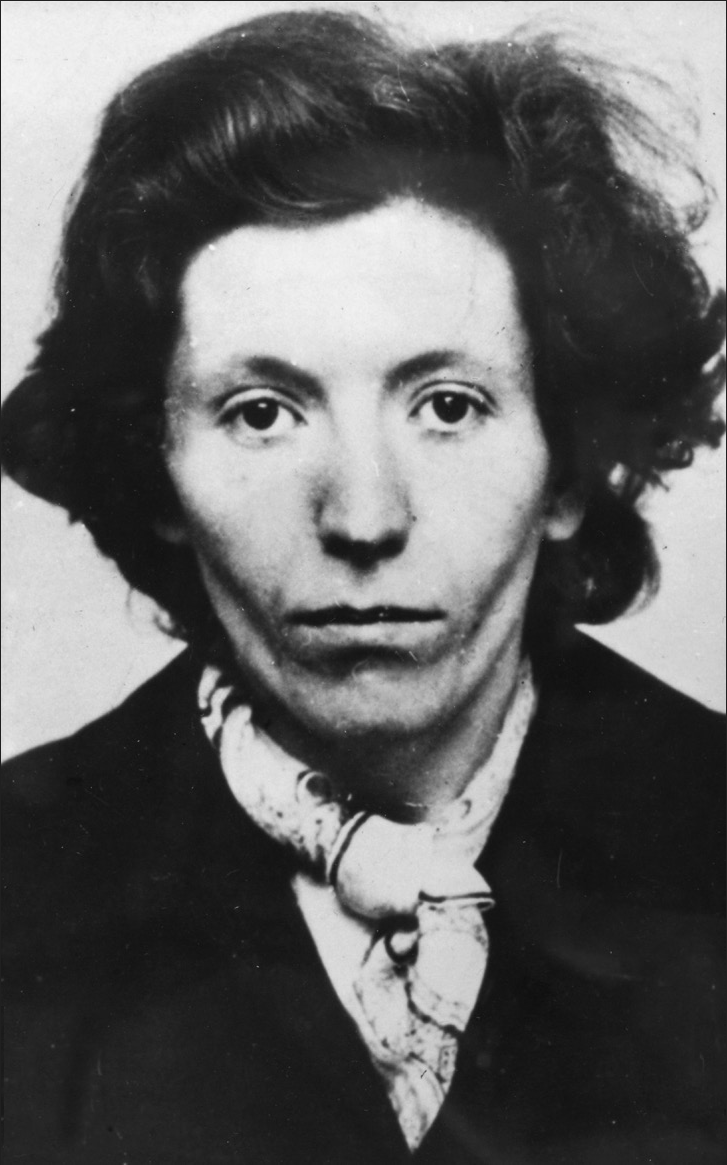
Hannah Tailford, aged thirty, whose naked body was found by the river in Hammersmith on 2 February 1964. Although a prostitute like all the other victims, she was untypical for her social mobility.
(© Bentley Archive/Popperfoto/Getty Images)
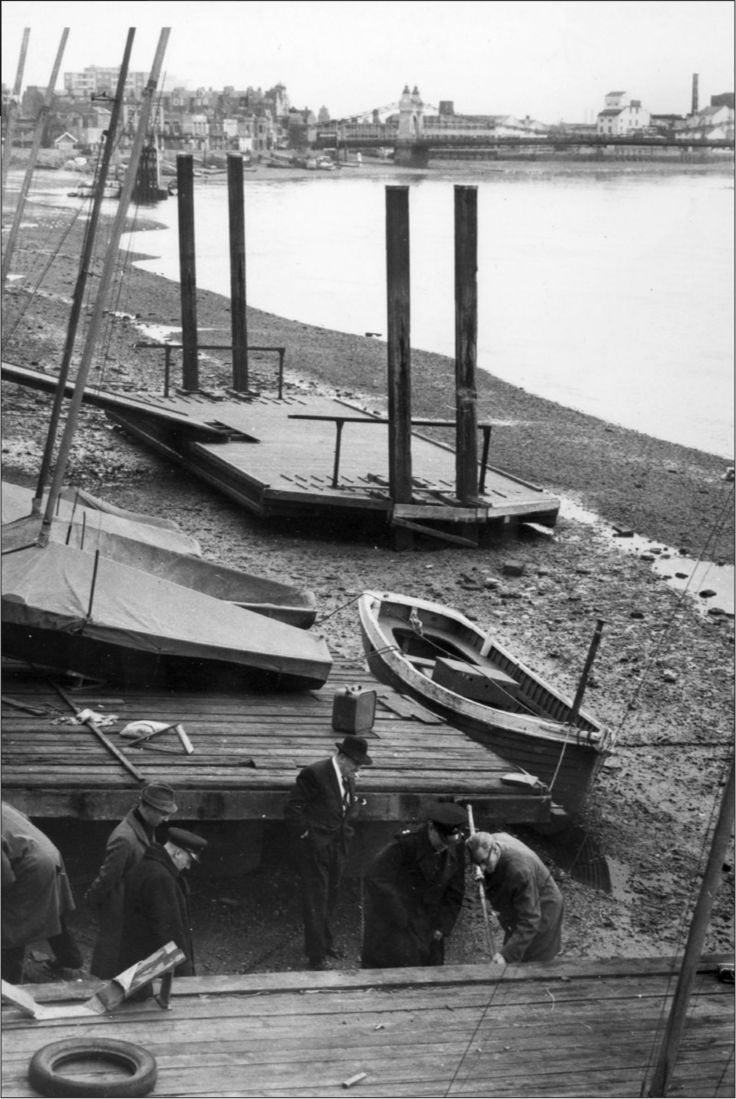
Detective Inspector Frank Ridge (centre, in black hat) with other police officers at the murder scene where Hannah Tailford’s body was found, with Hammersmith Bridge in the background.
(© Bentley Archive/Popperfoto/Getty Images)

Irene Lockwood, whose body was found on 4 February 1964 on the foreshore barely 300 yards upstream of where Tailford’s had been discovered. This was in fact a double murder, for the autopsy showed that Lockwood was four and a half months pregnant.
(© Keystone/Hulton Archive/Getty Images)

Helene (sometimes Helen, among other aliases) Barthelemy, a twenty-year-old prostitute, whose naked body was found in a pile of domestic rubbish in Brentford on 24 April 1964, just twenty days after Irene Lockwood’s.
(© Keystone/Hulton Archive/Getty Images)
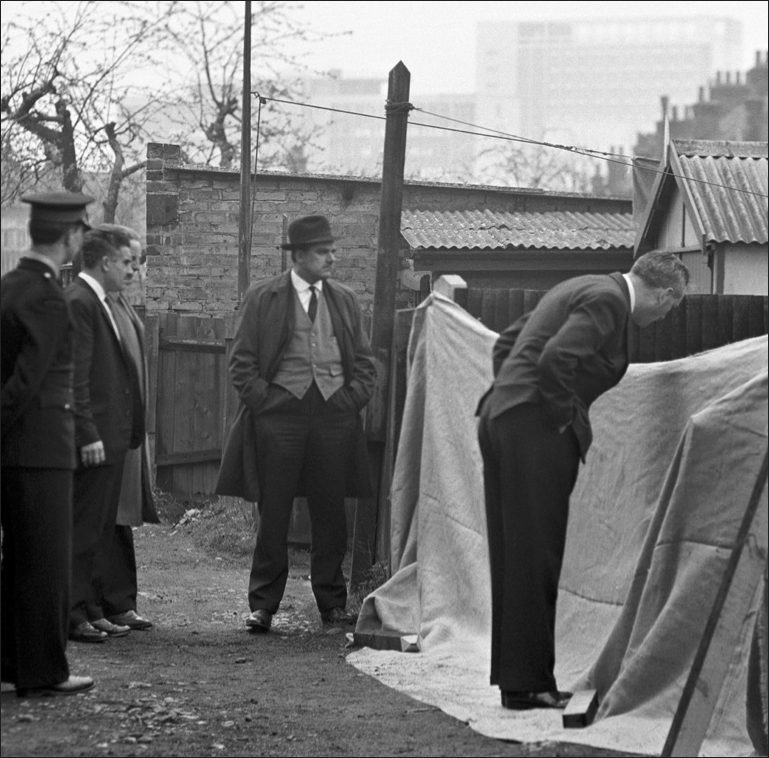
Detective Superintendent Bill Baldock of ‘T’ Division CID (centre, with hands in pockets) at the spot, screened by canvas, where the naked body of Helene Barthelemy had been found in an alley at Swyncombe Avenue, off Boston Manor Road in Brentford. The dead woman had been dumped behind the garden of a terraced house.
(© PA/PA Archive/PA Images)

A police dog handler and a constable searching the area where Helene Barthelemy’s body was found.
(© PA/PA Archive/PA Images)

Frances Brown, whom the police perhaps too quickly named as Margaret McGowan, which was only one of several aliases. The prostitute’s naked and badly decomposed body was found in a car park near Kensington High Street on 25 November 1964.
(© Keystone/Hulton Archive/Getty Images)
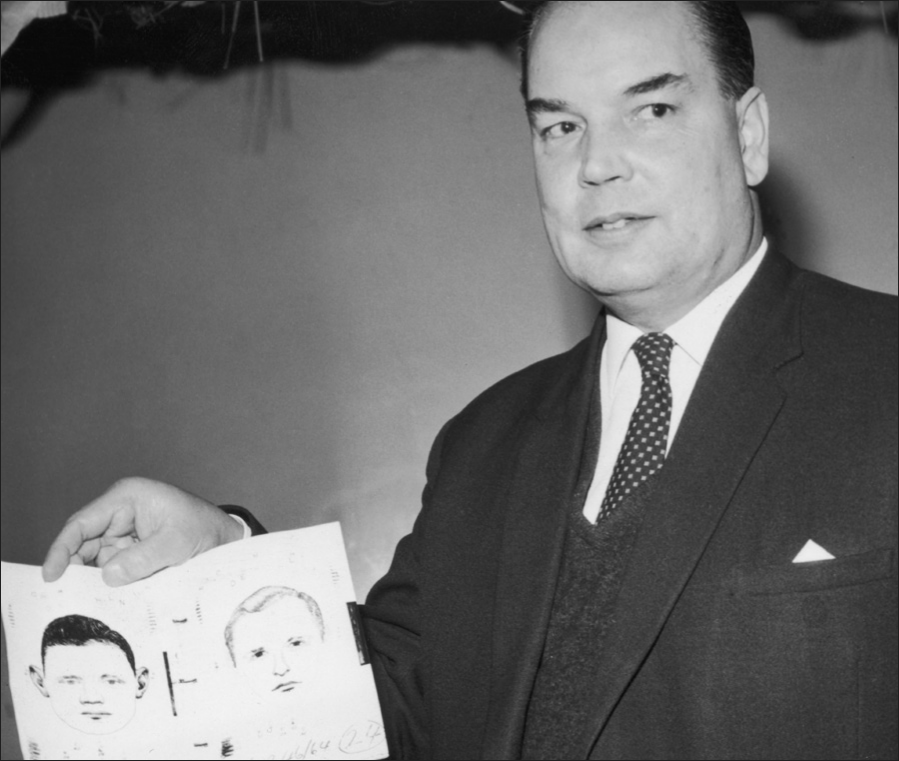
Detective Superintendent William Marchant of Scotland Yard holds up an Identikit picture of two men wanted for questioning in connection with Frances Brown’s murder, 2 December 1964. Marchant would eventually be superseded as head of the overall investigation into the murders by John Du Rose.
(© Jim Gray/Keystone/Hulton Archive/Getty Images)

Bridget ‘Bridie’ O’Hara, the seventh and last of the victims in the series of killings known as the ‘Hammersmith Nudes Murders’.
(© Keystone/Hulton Archive/Getty Images)
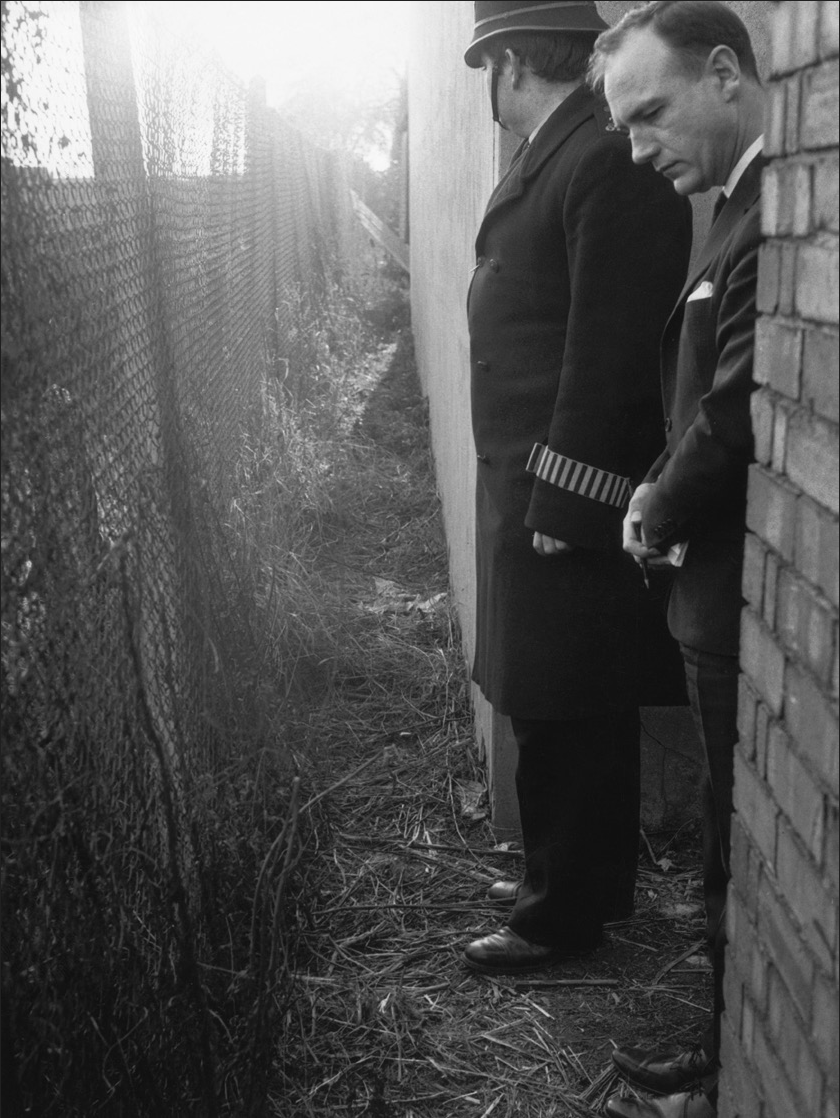
Police at the site in North Acton where Bridie O’Hara’s naked body was discovered on 16 February 1965. Unlike the other victims, the twenty-seven-year-old was married, although she had several convictions for soliciting.
(© J. Wilds/Keystone/Hulton Archive/Getty Images)

Detective Superintendent Bill Baldock outside Shepherd’s Bush police station, 18 February 1965. At the time he was leading the investigation into the murder of seven women, but, to his resentment, would, like Marchant, be eased aside by ‘celebrity cop’ Du Rose.
(© Ted West/Central Press/Hulton Archive/Getty Images)

Detective Chief Superintendent (later Deputy Assistant Commissioner) John Du Rose at Shepherd’s Bush Police Station following Bridie O’Hara’s murder, 18 February 1965. ‘Large, tough and conceited… a flamboyant showman,’ Du Rose was ‘adept at playing to the gallery, especially the press gallery’.
(© Ted West/Central Press/Hulton Archive/Getty Images)

A contemporary map of the murders issued in July 1964, showing the close proximity to the River Thames where, at the time, it was thought at least six young women had been found murdered. In fact, Elizabeth Figg’s killing was almost certainly not part of the series, and there would be two more such murders before the killer stopped.
(© Bentley Archive/Popperfoto/Getty Images)

The front page of The Sun, 22 March 1965, with the author’s bylined story at left (he is on the left in the photograph). The police believed that a girl nicknamed ‘Goldie’ whom they could not trace was the latest victim in the series of murders. The author found her within hours and brought her to meet Detective Sergeant Bob Berry. In those pre-Murdoch days, The Sun was still a broadsheet.
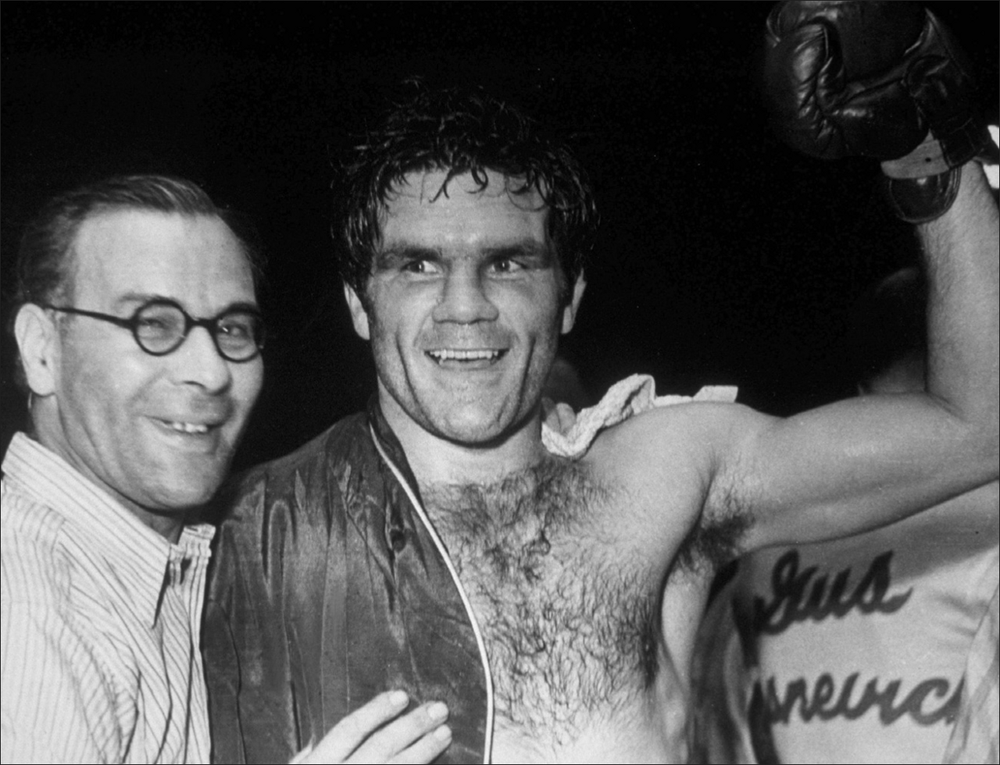
British boxer Freddie Mills celebrates after his world light-heavyweight title victory over US boxer Gus Lesnevich at White City, 26 July 1948.
(© Central Press/Getty Images)

American boxer Joey Maxim from Cleveland, Ohio, wards off Freddie Mills’s right arm during their light-heavyweight title fight at Earl’s Court, 24 January 1950. Maxim knocked the British fighter out at the beginning of the tenth round; Mills retired soon afterwards and never fought again.
(© Getty Images)
